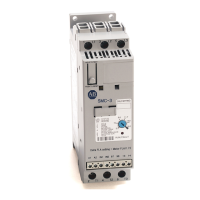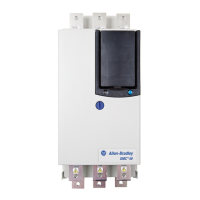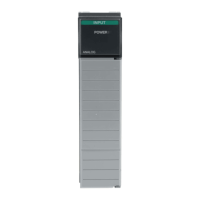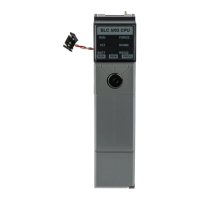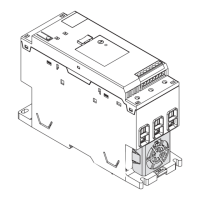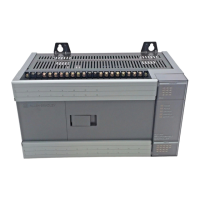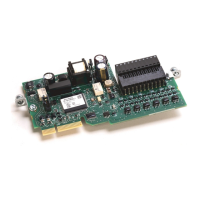Motion Configuration Instructions
Rockwell Automation Publication MOTION-RM002H-EN-P-February 2018 315
Description - AXIS_SERVO, AXIS_SERVO_DRIVE
The MRAT instruction is used to execute a tuning motion profile on the specified
axis. During this brief tuning motion profile, the motion module makes timing
and velocity measurements that serve as input data for a subsequent Motion Apply
Axis Tuning (MAAT) instruction. MRAT requires no explicit input parameters;
simply enter or slect the desired physical axis.
If the targeted axis does not appear in the list of available axes, the axis has not
been configured for operation. Use the Tag Editor to create and configure a new
axis.
The MRAT instruction uses axis configuration parameters as input and output.
The input configuration parameters that MRAT uses are shown in the table
below.
Axis Parameter Data Type Units Meaning
Tuning Direction Boolean - Direction of Tuning Motion
(0-Fwd, 1-Rev).
Tuning Travel Limit Real pos units Maximum allowed excursion of Axis.
Tuning Velocity Real pos units/sec Top Speed of Tuning Profile.
Dumping Factor Real - Damping Factor used to calculate the maximum Position Servo
Bandwidth.
Based on the above configuration parameters, MRAT execution generates a
motion event on the specified axis that consists of a single triangular velocity
profile or a series of three such profiles. Tune Velocity must be within the
maximum speed capability of the drive and motor. The configured value for Tune
Velocity should be set to the desired maximum operating speed of the axis so that
the resulting tuning parameters are based on the dynamics of the system at that
speed.
If the External Vel Servo Drive configuration bit parameter is TRUE, indicating
interface to an external velocity servo drive, three pulses are applied to the axis.
The tuning velocity profile for this case is shown in the diagram below.

